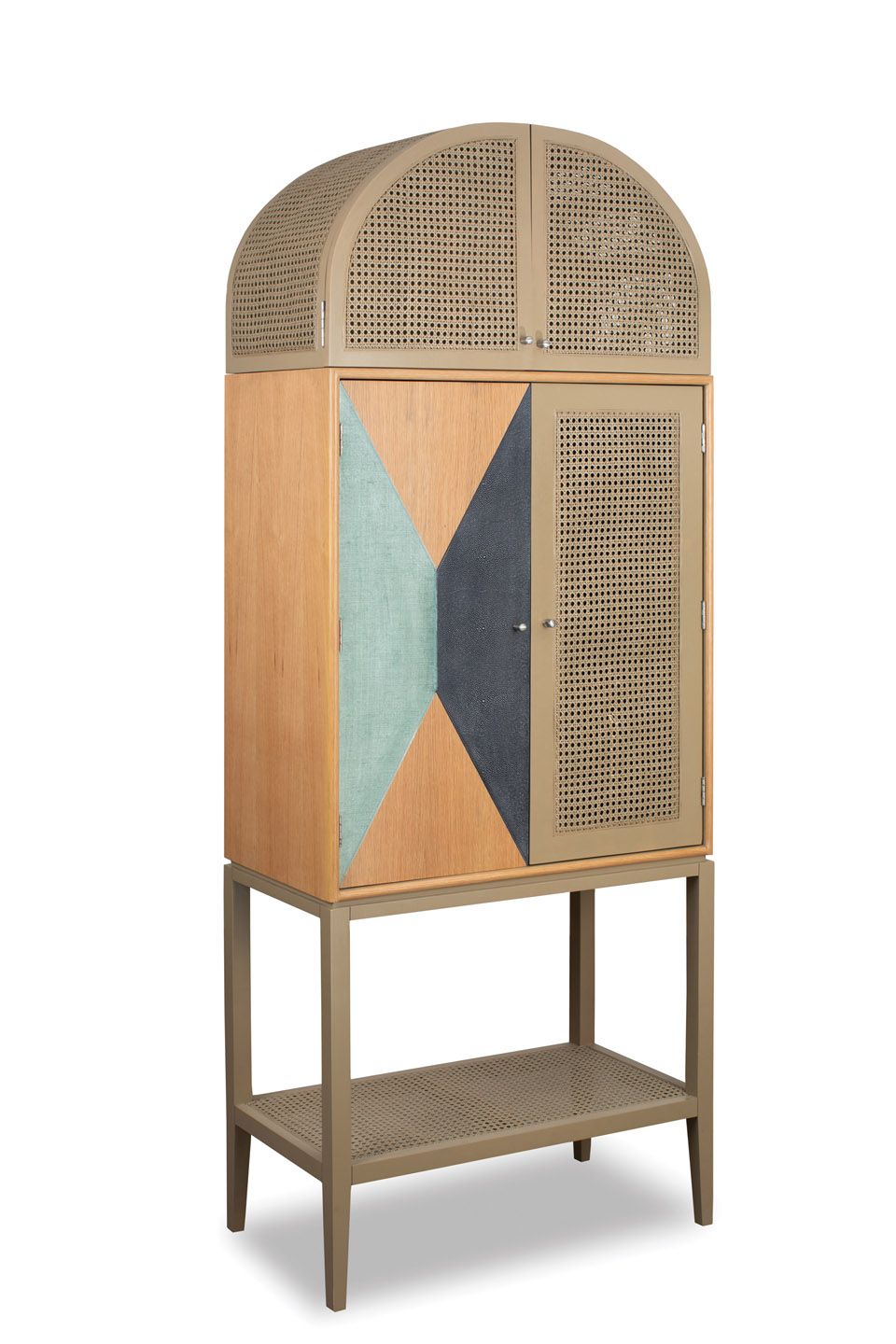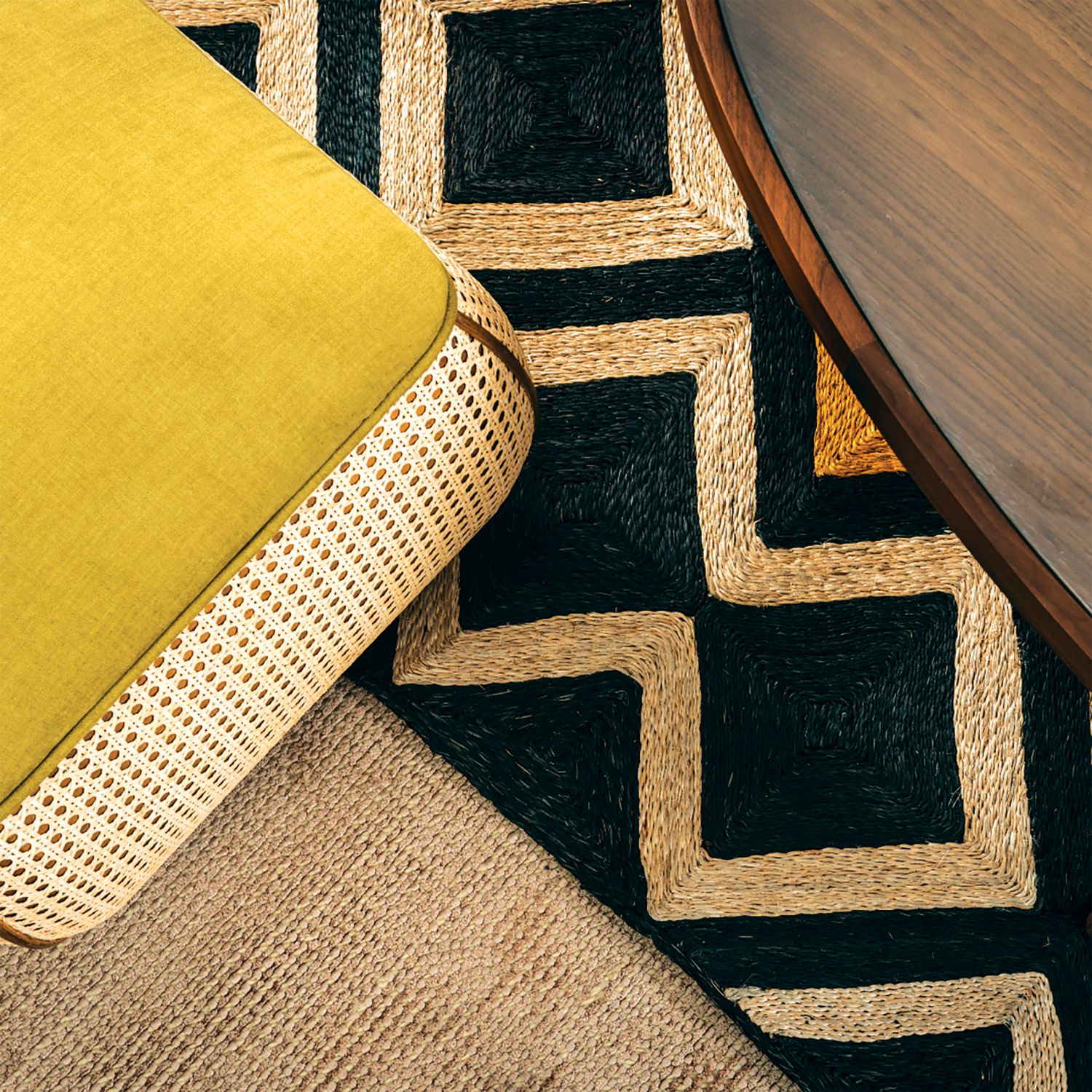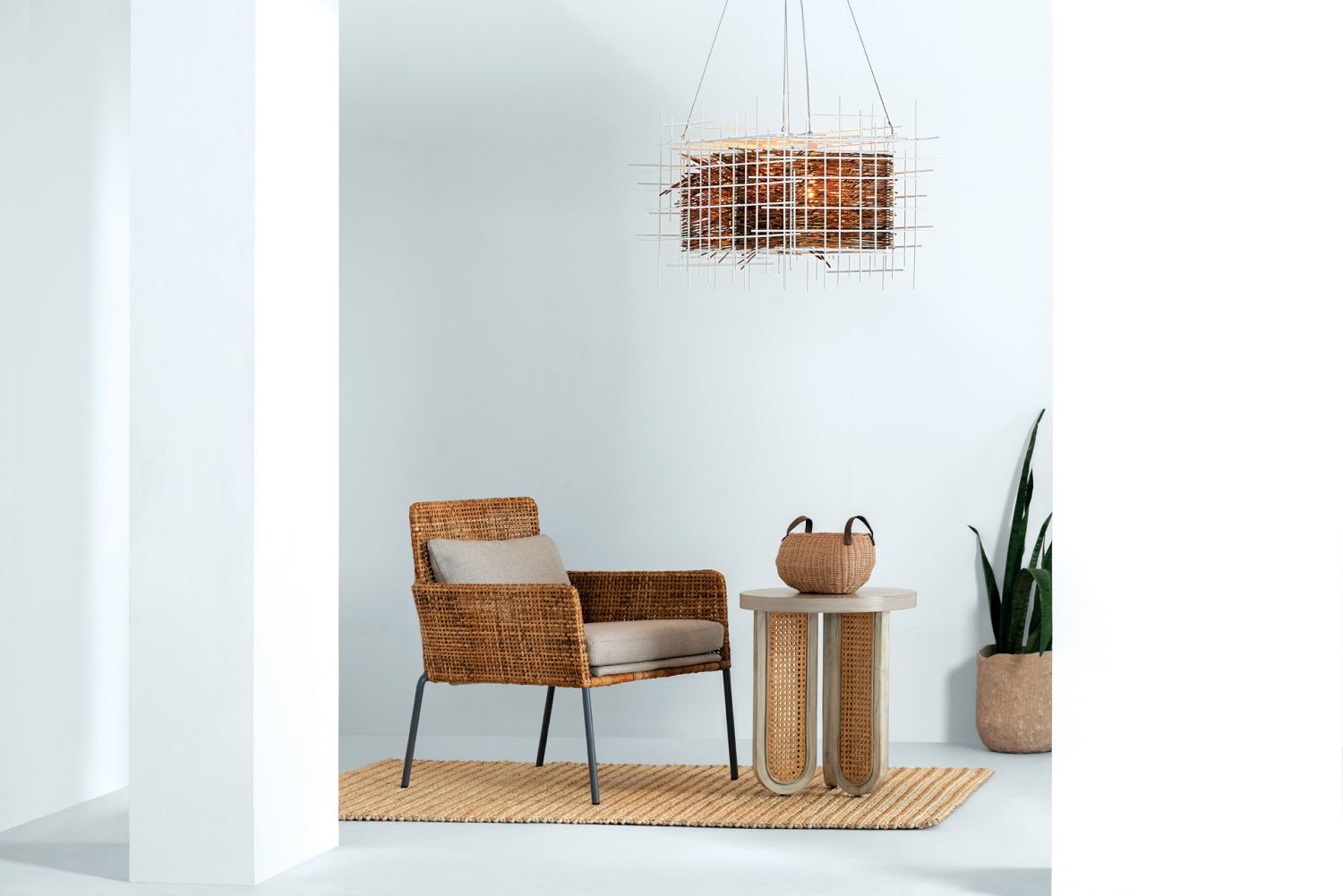We take a deep dive into this iconic sunburst rattan weave that continues to take the furniture world by storm
More popularly known in the Philippines as solihiya, this rattan weaving technique (also known as caning) has made its comeback in the international furniture scene in recent years. Whether as a backrest for chairs, as a screen, or for armoire doors and sideboards, its distinct sunburst pattern gives a refreshing tropical vibe that is timeless and easy on the eye.
The popularity of caning began in the 19th century. In an essay written by Jordan Sand, a professor of Japanese History at Georgetown University titled Tropical Furniture and Bodily Comportment in Colonial Asia, he wrote that during this period, the chair-sitting European colonists had the need for seating in their homes in the countries they colonised, where sitting on the floor (as in most Asian countries like Japan and Korea) was the norm.
Read also: A New "Japandi" Aesthetic Is Taking Over The World Of Interior Design

Since rattan—alongside palm and bamboo—is abundant in Asia, a lot of the furniture pieces manufactured for them were crafted out of this versatile material. In 1988, journalist Julian Caldecott wrote that rattan was Asia’s most important tropical forest product, and that thousands of Southeast Asians were involved in the processing of rattan and its by-product, cane, which is used in making solihiya. Among the top producers in the region are Indonesia, Malaysia, Thailand, Taiwan and the Philippines.
The unique design of solihiya allows air through and thus, perfect for areas with tropical climate. With this, the Westerners who lived and travelled through the colonies substituted their usual heavily upholstered chairs with wooden seats that had solihiya backrests for added comfort and so they could withstand the hot and humid days.
Read also: Where To Buy Rattan Furniture In Metro Manila: 12 Online Stores With Tropical Flair








